I finally planned my trip to Peru, one of the safest countries in South America, five years after a frustrating attempt in May of 2011.
Planning is one of my favourite parts of a trip because it is exactly when I discover all the things that I want to do at a certain destination. I get so excited about planning a trip!
But planning a trip can be a daunting and overwhelming task, especially if you are busy with school/work and haven’t done it often. Where should I go? How long should I stay? How far should I book hotels, flights and tours?
I personally prefer to book everything in advance so I will not be worried and waste my time once I arrive at the destination.
So, in this article, I’m going to describe how to plan a trip to Peru: Lima and the Sacred Valley (Cusco, Chinchero, Ollantaytambo and Machu Picchu).
If you are planning to visit the Peruvian Amazon or any other place in this country, it’s not going to be included here. However, if want to take a Nazca Lines flight I recommend this post written by Flight of the Educator.
Table of Contents
Planning a Trip to Peru
Lima
Of course, the first city of my trip to Peru is the capital, Lima.
Why should you visit Lima?
The capital of Peru is one of the largest cities in South America and has a colonial centre that is very well preserved, archaeological sites, great museums and a vibrant food scene.
How many days should you stay in Lima?
Many people believe that two days in Lima is enough. I particularly decided to stay three days because I also want to go to the beach and ride a bike in some parks, if the weather permits.
Where to stay in Lima
The best places to stay in Lima are the downtown, Miraflores and Barranco.
Staying in downtown is easier to get around Lima and it also offers cheaper accommodations and the advantage of being close to many tourist attractions.
Miraflores is an exclusive residential and upscale shopping district. It boasts hotels, bars, restaurants, nightclubs and department stores. Accommodations here tend to have higher prices.
I decided to stay in La Puerta Verde in Barranco, which is considered the most romantic and bohemian part of the city.
It has many houses and palaces in the colonial and republican styles, parks, a walkway to the beach, numerous clubs, bars and restaurants, the famous Puente de Los Suspiros (the Bridge of Sights) and an enticing beachfront. Accommodations here have reasonable prices.
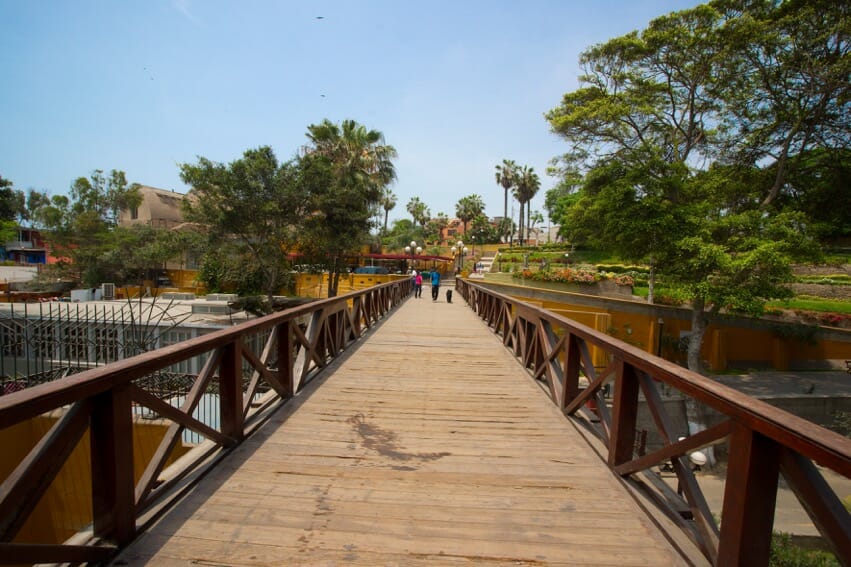
Best Things to Do in Lima
Some of the best things to see in Lima are:
– Historic Center: located in the city centre, the Historic Center of Lima was declared a World UNESCO Heritage site in 1988, and it’s one of the most important tourist destinations in Peru. Some of the places to see within the Historic Center are:
- Plaza Mayor (scenic plaza and birthplace of Lima),
- Plaza San Martín (monument and green space),
- Archbishop’s Palace (ornate palace and catholic headquarters),
- the Cathedral of Lima (ornate catholic church with a museum),
- Basilica and Convent of San Francisco (Baroque catholic church with catacombs),
- and Torre Tagle Palace (palace and baroque architecture).
– The Government Palace: the official house of the president of Peru has a Baroque revival style and is located on the bank of Rimarc River.
– Larco Museum: considered one of the best museums in the city, this former mansion was built on the site of a pre-Columbian temple and offers a vast array of ceramics, textiles, precious metal artefacts, mummies and even erotic archaeological treasures (pre-Columbian erotic pottery and world’s largest collection of erotic ceramics).
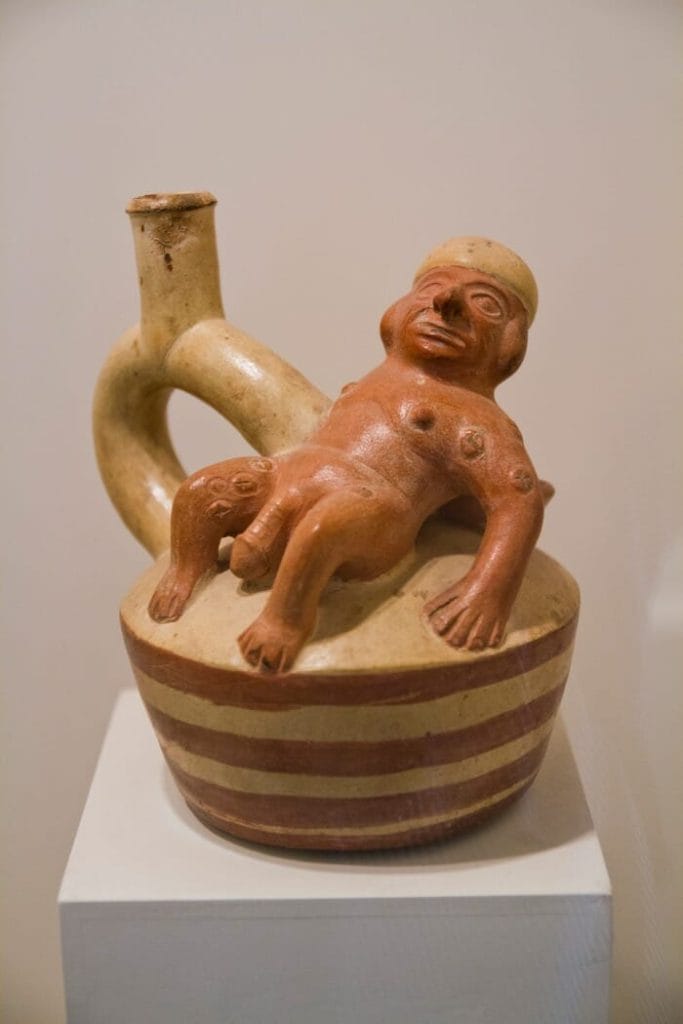
– Circuito Magico del Agua: considered one of the most spectacular tourist attractions in the city, this series of illuminated fountains leaves visitors and locals in awe. The best time to visit is between 6:00 PM and midnight.
– Huaca Pucllana Temple: Lima has a large number of historical ruins, and however many of them are fenced, the Pucllana temple, located in Miraflores district is open for visitors from Wednesday to Monday from 9:00 AM to 5:00 PM.
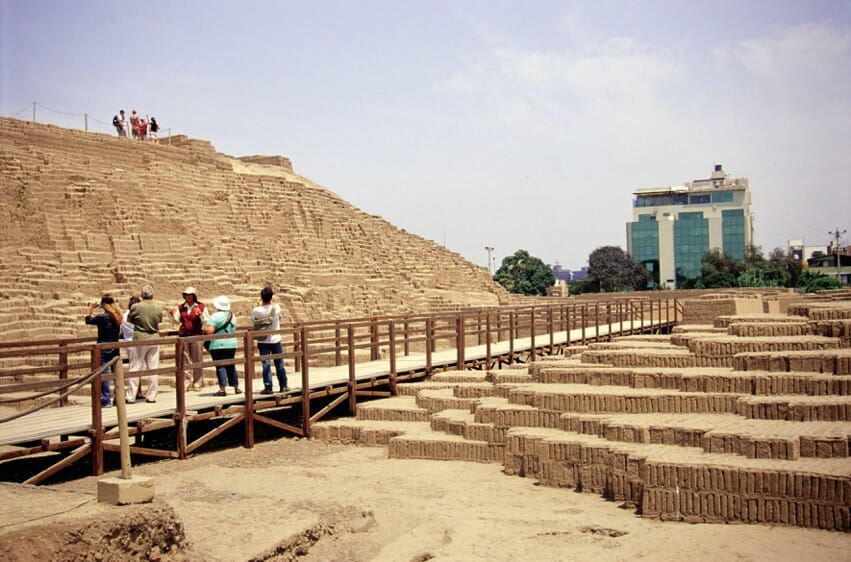
– El Malecón de Miraflores: a six-mile stretch of parks situated along the cliffs overlooking the Pacific Ocean. It is perfect for biking, jogging and appreciating the stunning vistas.
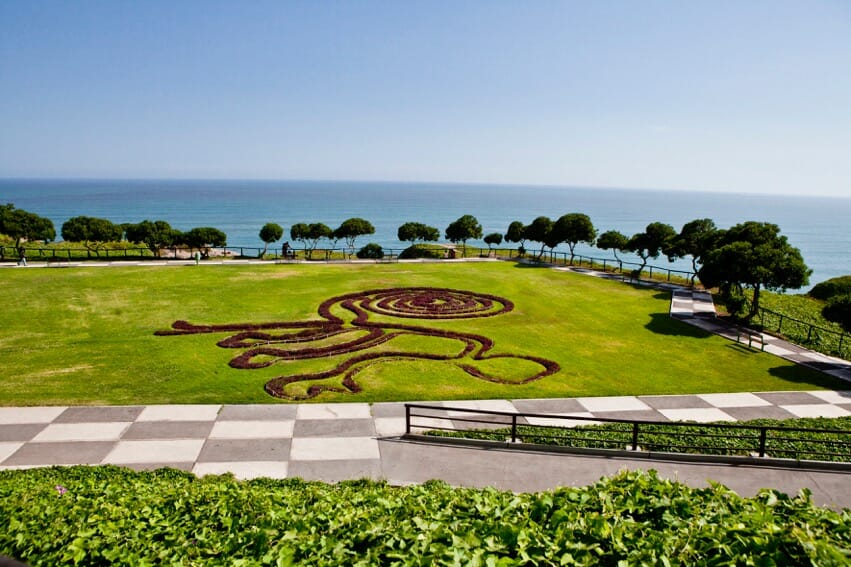
I’m also planning to visit: Chinatown and Callao neighbourhoods; and the bars and restaurants Cordon (Historic Center), Chifa San Joy Lao (Chinatown), Ayahuasca Restobar (Barranco), La Preferida (Barrio San Antonio, Miraflores).
From Lima to Cusco
There are basically two options:
- By bus: it takes around 24h and I’ve read that some buses have been mugged. It is much cheaper than the flights though.
- By plane: the best and fastest option. Flights cost an average US$ 100 round trip and takes around one and half hours.
Cusco
One of the highlights of a trip to Peru is to visit the city of Cusco.
Why should you visit Cusco?
Cusco is the historic capital of Peru and the archeologic capital of America; furthermore is one of the most charming and picturesque cities in Peru.
It is located in the Peruvian Andes and was once the capital of the Inca Empire. It has important archaeological artefacts and Spanish colonial architecture.
How many days should you stay in Cusco?
Cusco is the gateway to Machu Picchu, and because of the high altitude, it is advised to acclimate at least two days in Cusco before heading to Machu Picchu.
Considering that Cusco has many archaeological sites in the surroundings and interesting museums and churches, I would say that three days in Cusco is fine.
Where to stay in Cusco
Any place close to Plaza de Armas (the main square) in the city centre. I’m staying at Hostal Mallqui, but there are many other great hostels in Cusco.
Best Things to Do in Cusco
There are many options to explore in Cusco and the surrounding areas. The travel agencies offer 5 different tours. The most popular ones are the numbers I, II and III. The general ticket called Boleto Turistico costs 130 Peruvian soles (US$ 40) and each tour separated costs 70 Peruvian soles (US$ 21).
The number I aka City Tour takes you to the archaeological sites on the outskirt of Cusco: Sacsayhuaman, Qenqo, Puka Pukara and Tambomachay. This tour seems to be very interested in the historical and archaeological aspects.
The number II takes you to the attractions within the Historic Center of Cusco: the Regional History, Contemporary Art, Popular Art, Qorikancha Site Museums; Qosqo Center of Native Art; and the Inca Pachacuteq monument.
And the number III aka Sacred Valley Tour takes you to archaeological sites located in the Sacred Valley: Pisaq, Ollantaytambo, Chinchero and Moray.
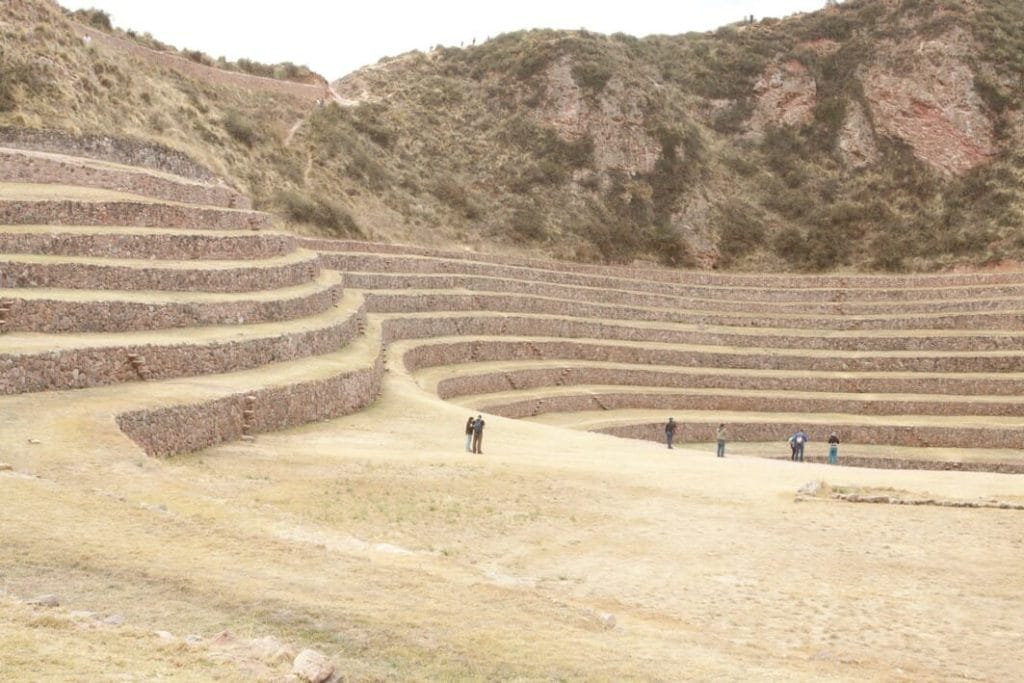
It’s not worthing doing only one of those tours and the best option is to get the Boleto Turistico (which includes all entrances) and book the number I and III tours with agencies.
Other points of interest in Cusco that you can do by yourself are:
- Plaza de Armas (Cusco Cathedral and Church of the Society of Jesus),
- San Pedro Market (souvenirs and local food),
- San Cristobal neighbourhood (church and viewpoint),
- San Blas neighbourhood (architecture and spot people using traditional clothes),
- Cusco Craft Center (best and cheaper place to buy souvenirs),
- and all the attractions listed on the tour II.
There is also an electric trolley that takes you to 45 tourist attractions in Cusco, in case you don’t want to walk, and costs 25 soles (US$ 7.5). It’s perfect for someone who doesn’t have too much time in the city.
There are two really interesting festivals around Cusco: one in the middle of May (Lord of Torrechayoc) and the other during the winter solstice (Inti Raymi).
It can be a great opportunity to get into Inca traditions and costumes on your trip to Peru.
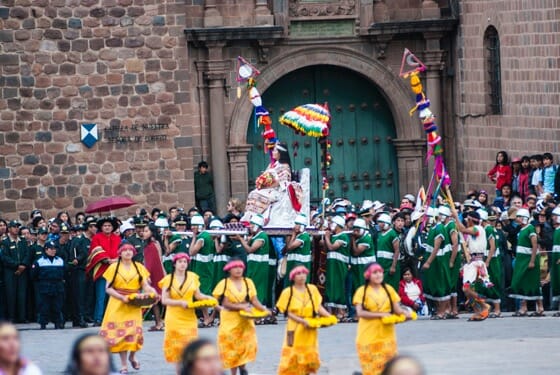
Chinchero
This Andean Indian village located 28Km (17.5 mi) from Cusco has an excellent market, with locals using traditional and colourful clothes. It is much less tourist-oriented than the market at Pisac.
In this market, it is possible to watch women dyeing alpacas with natural pigments such as plants, minerals, and insects. I’m really looking forward to seeing it during my trip to Peru.
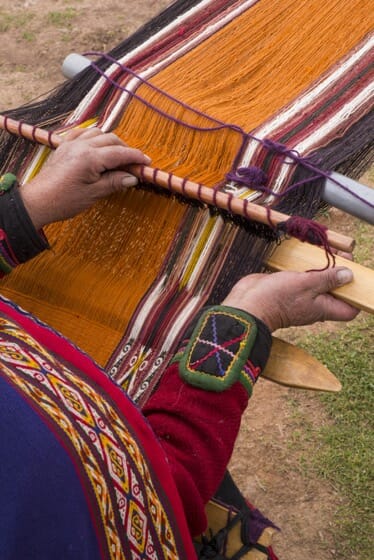
The village is surrounded by a spectacular mountain range and also has remained from the Inca times that can be seen in the main square (but you will need the Boleto Turistico).
This is going to be a side trip and I’m planning to be back in Cusco around noon.
When planning to visit Peru make sure to be in Chinchero on Sunday. It’s recommended to take a lot of tea coca to avoid altitude sickness when visiting this village.
- Find out how was my visit to Chinchero.
You can take a bus from Cusco to Arequipa, another UNESCO Heritage Site founded by the Inca civilization.
From Cusco to Machu Picchu
Basically, there are just two ways to get into Aguas Calientes (aka Machu Picchu town) from Cusco:
- By train: the most common and fastest way. It takes around three and half hours and the cheapest ticket costs around US$ 160 round trip.
- By van or minibus: I’m using this option because it is much cheaper than the train but longer. It costs 40 soles (US$13) each way, and takes around 6h.
The minibus departs from Patios Street (in Cusco) to Ollantaytambo and from there, another bus to Hidroeléctrica (close to Aguas Calientes). Or you can book with an agency roundtrip from Cusco to Hidroéletrica that costs 70-80 soles (US$ 26). From Hidroélectrica to Aguas Calientes you have to walk two hours on the train tracks.
Another option is to take a van to Quillabamba from Santiago station in Cusco to Santa Teresa, 30 soles (US$ 10). From there take a van to Hidroeléctrica and a train to Aguas Calientes. Although you need to check with Peru Rail the train schedule because there are just one departing at 3:00 PM.
Aguas Calientes (Machu Picchu town)
The other reason that I’m taking the bus option to Aguas Calientes is to spend the night there, so I can take the bus very early in the morning to Machu Picchu and get there at sunrise time and before all the tourists.
I’m staying at Ecopackers Machu Picchu Hostel.
No matter if you take the bus or a train you stop at Aguas Calientes to take a shuttle bus to Machu Picchu. It costs US$ 24 / round trip and takes just over 30min each way.
The buses start running at 5:30 AM and then depart when they are full (around 15min in the first hours of the day).
You can also walk from Aguas Calientes to Machu Picchu and it’s gonna take around 1:30.
Machu Picchu
A trip to Peru cannot be complete without visiting Machu Picchu.
Why visit Machu Picchu?
Machu Picchu is a 15th century Inca Citadel set high in the Andes Mountains built around 1450. This complex of palaces, plazas, temples and homes known as the “Lost City of Incas” is a UNESCO World Heritage Site since 1983 and one of the New Seven Wonders of the World.
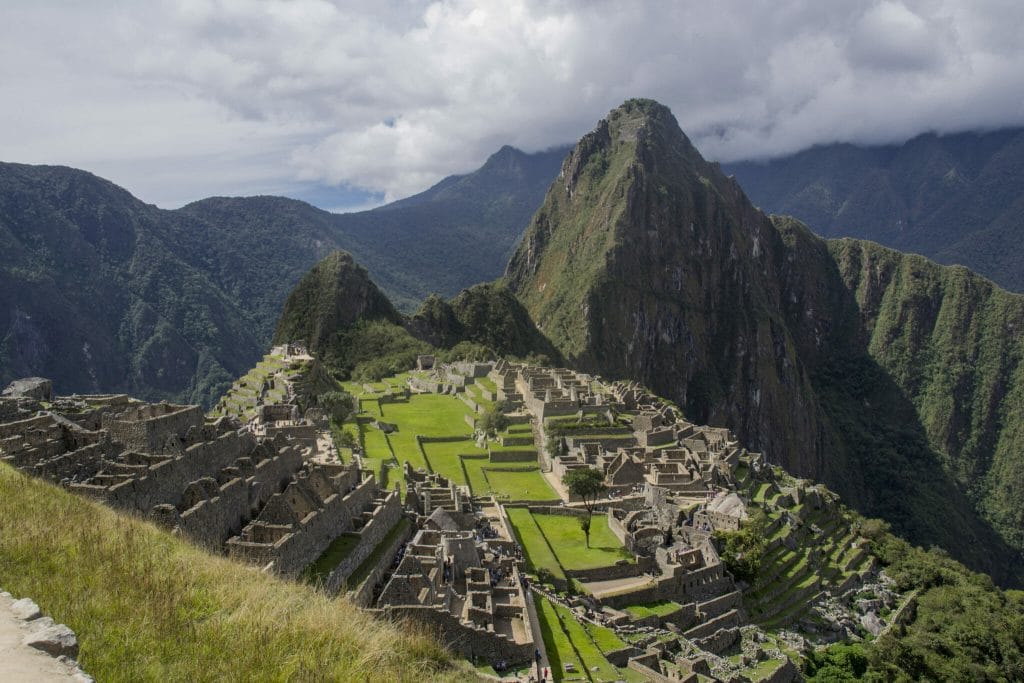
Best time to visit Machu Picchu
The period to visit Machu Picchu is very important because it’s located up on the mountains covered with a tropical forest of the upper Amazon.
From May to September is the dry season and from November to March the rainy one.
Considering that July and August are the busiest periods, the best time to visit Machu Picchu is the shoulder season (from May/June and September/October).
How to Get The Tickets to Visit Machu Picchu
Tickets cannot be purchased at the citadel. There are three kinds of tickets:
– Only Machu Picchu: 152 soles (US$ 46). Only 2500 people can visit Machu Picchu daily. However you can buy tickets in Cusco and Aguas Calientes, I highly recommend you don’t take the risk and you buy early.
– Machu Picchu + Huyana Picchu (a mountain facing the citadel): 200 soles (US$ 61). Because there are a limited number of people (400/day) that can hike Huyana Picchu, you need to book at least three months in advance.
– Machu Picchu + Montaña (a mountain on the side of the citadel): 200 soles (US$ 61). There are also a limited number of people (400/day), so as soon as you can get your ticket the better.
Tickets can be purchased online, but they only accept visa cards. Another option is to contact any agency listed on the website and send the money using Paypal, Western Union or Money Gram.
- Suggest Read: Machu Picchu Mountain Hike: The Hardest I’ve Ever Done!
– Inca Trail: if you plan to do the 42 Km (26 mi) trail that the Incas used, you need to book at least four or five months in advance since the number of people is very limited (500/day including the porters).
The adventure can take up to four days and can be done only with a guide. In some points it reaches 4200m (13800 feet) above sea level, which makes this hike very tough.
It is kind of expensive, around US$ 400, and you sleep in camping spots. But the views are breathtaking!
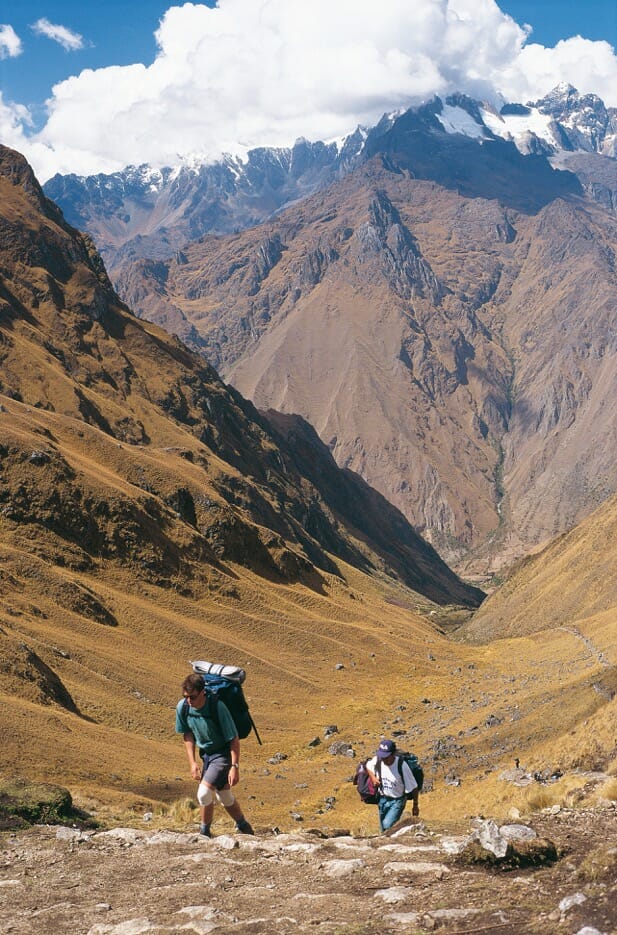
– There are two other trails to get to Machu Picchu that are less popular than “El Camino Inca”: Salkantay trekking (it also takes around four days), and the short Inca trail (two days).
If you want some adventure in your trip to Peru, you should definitely do one of those hikes.
- Suggested Read: 7 Essential Tips to Visit Machu Picchu.
Ollantaytambo
Why visiting Ollantaytambo
There are some interesting archaeological sites (temple, terraces and storehouses) surrounding this little town that is worthy of a visit.
As Ollantaytambo is between Cusco and Machu Picchu I prefer to visit this city on my way back since I would not be able to arrive early in Machu Picchu departing from there.
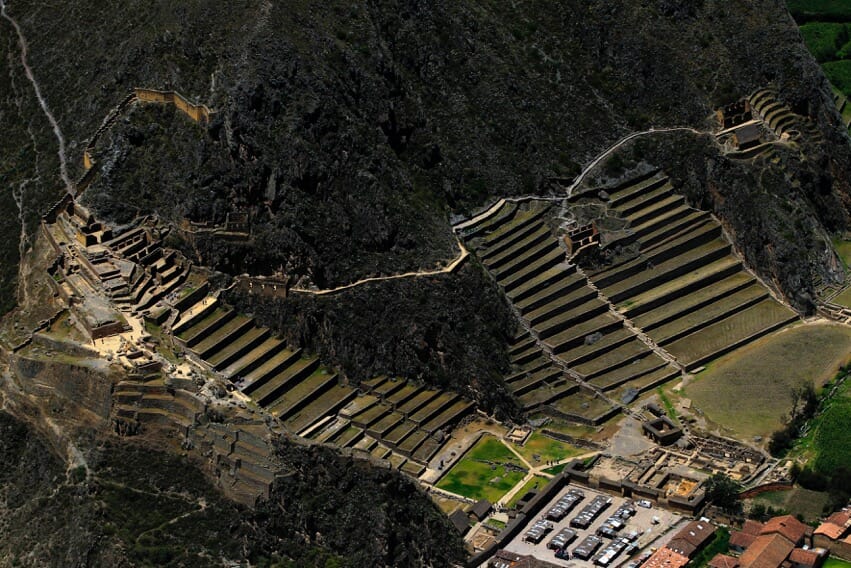
Where to stay
The city is so small that any place you find will be fine. I’m staying at Hostal Fortaleza Inn.
How to get to Ollantaytambo
There are tours from Cusco visiting those archaeological sites, but there are also minibuses and a train departing from Cusco and Aguas Calientes.
With everything planned and booked I just can’t wait to get the most out of Peru!
Blogs that I used to plan my trip to Peru
- http://mochilabrasil.uol.com.br
- www.viajarporperu.com
- www.machu-picchu-entrance-tickets.com
To get the train tickets: www.incarail.com or www.perurail.com
Tickets for Machu Picchu: www.machupicchu.gob.pe
P.S.: Don’t forget to take the yellow vaccine at last 10 days prior to your arrival, and the international certificate of vaccination for yellow fever.
* If you need any help to plan a trip to Peru, let me know in the comments below or visit my Planning page.
- Book Your Flight Find deals on airlines on my favorite search engine: Skyscanner. Be sure to read my How to find cheap flights article.
- Rent A Car Rental Cars is a great site for comparing car prices to find the best deal.
- Book Accommodation Booking.com is my favorite hotel search engine. But Hotels.com and Hilton Hotels have very interesting reward programs.
- Protect Your Trip Don’t forget travel insurance! I always use World Nomads for short-term trips and SafetyWing for long-term ones. Find out why Travel Insurance: Much More Than a Precaution, a Necessity.
- Book Tours in Advance Book unforgettable experiences and skip-the-line tickets with GetYourGuide or Viator .
- Book Ground Transportation BookaWay offers a stress-free experience with secure payments and no hidden fees. You pay online and receive your itinerary by email.
- Luggage Solutions Rent your luggage with Cargo or if you need to drop off your own luggage and enjoy your time without dragging it all over a city, find a LuggageHero shop here.
- Get a Travel Card Revolut Card is a pre-paid debit card that enables cash machine withdrawals in 120 countries. I’ve been using my Revolut Card for over a year and never paid foreign-transaction fees again. Get your Revolut Card with free shipping here.
- Packing Guide Check out my How to Pack a Carry-on Luggage For a Five-month Trip to help you start packing for your trip. Don’t forget your camera, chargers and other useful travel accessories. World Nomads provides travel insurance for travelers in over 100 countries. As an affiliate, we receive a fee when you get a quote from World Nomads using this link. We do not represent World Nomads. This is information only and not a recommendation to buy travel insurance.

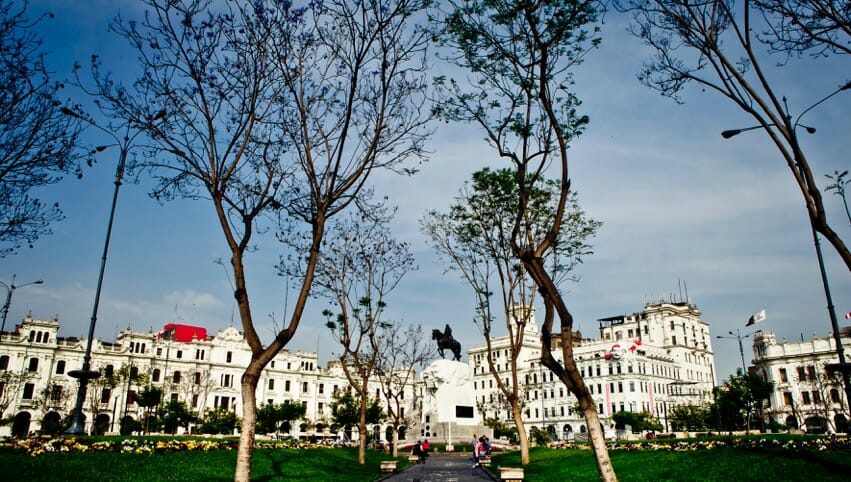
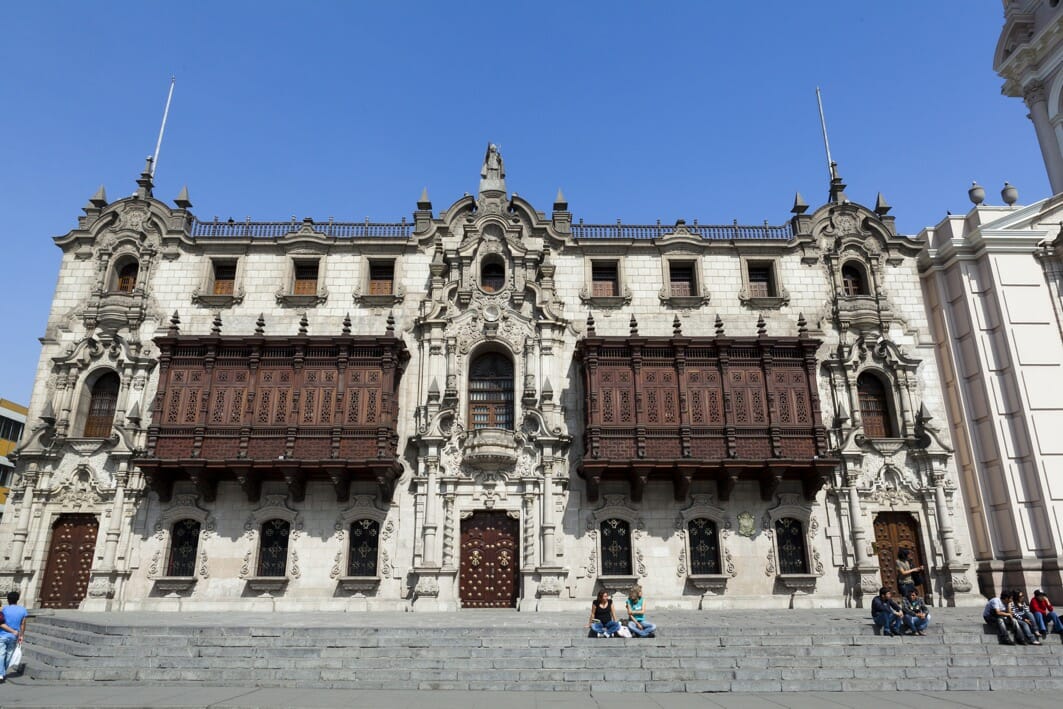
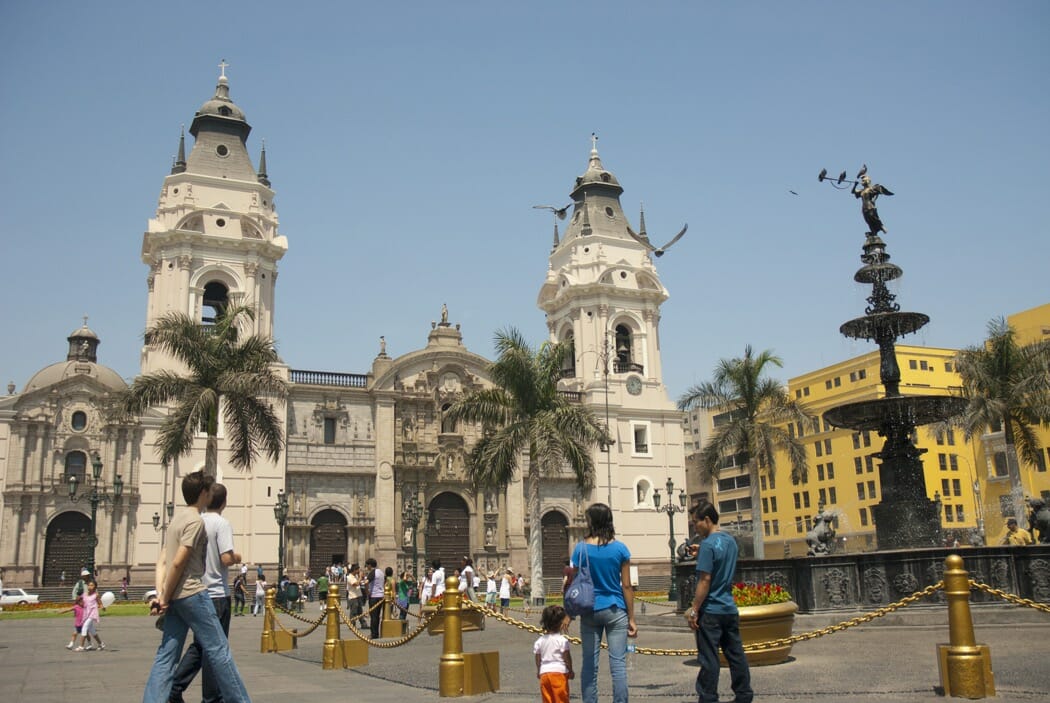
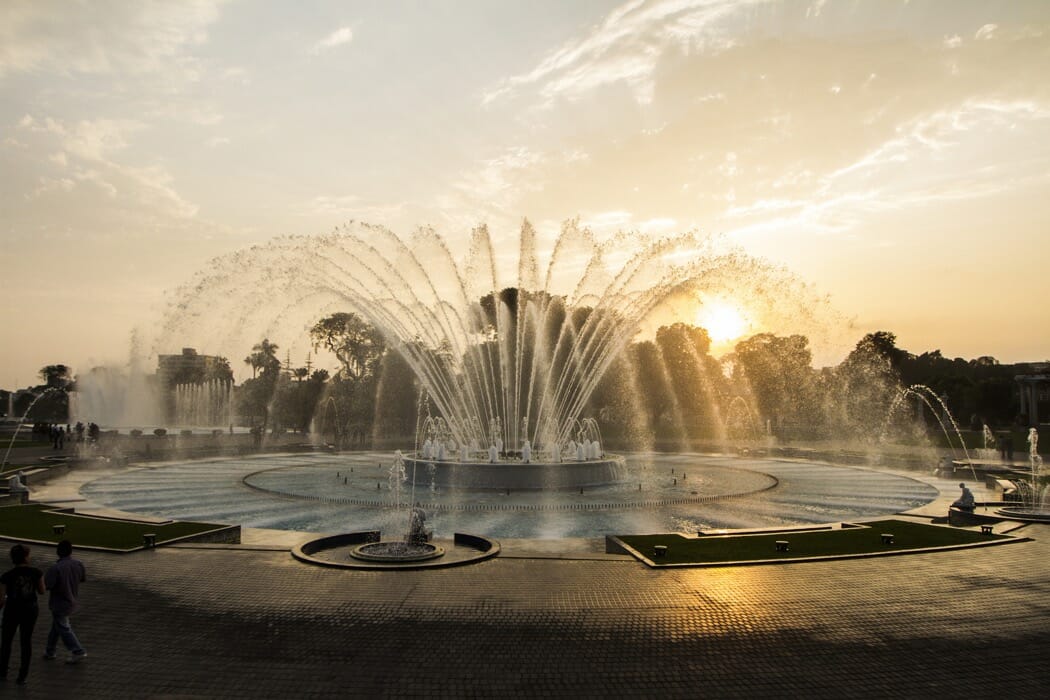
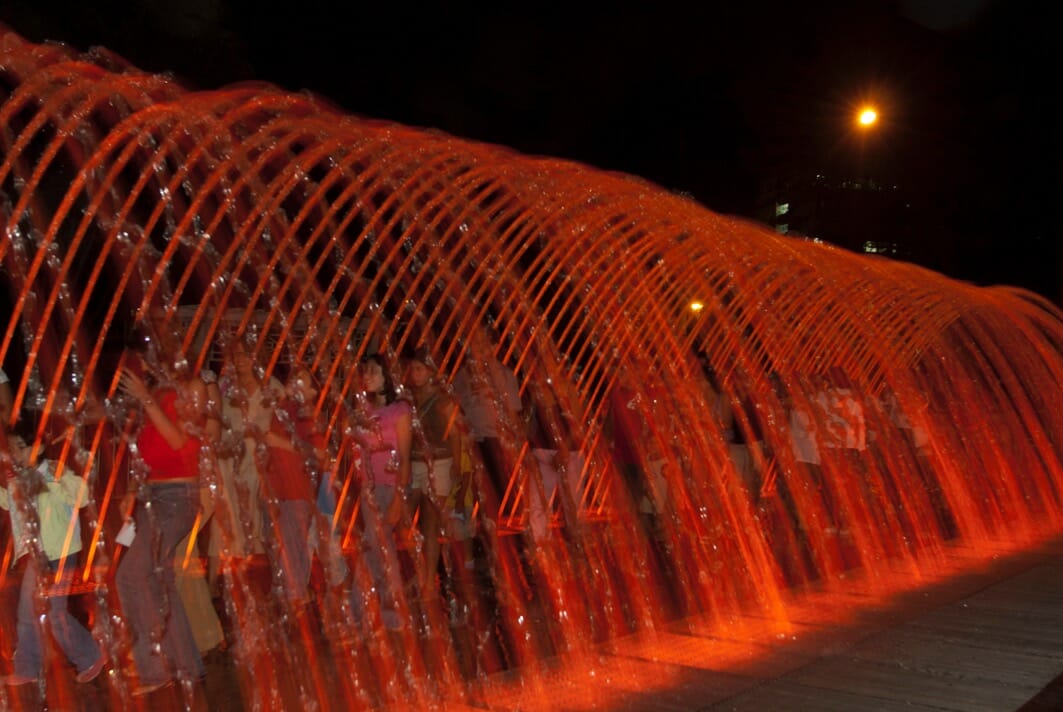
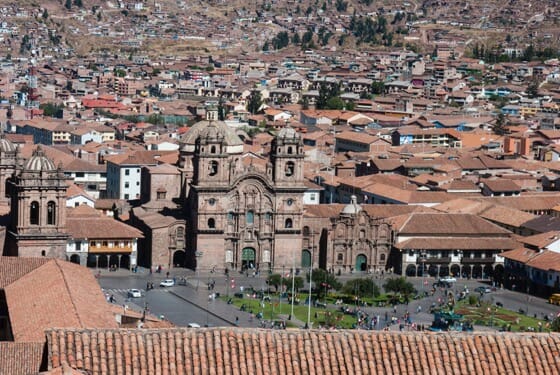
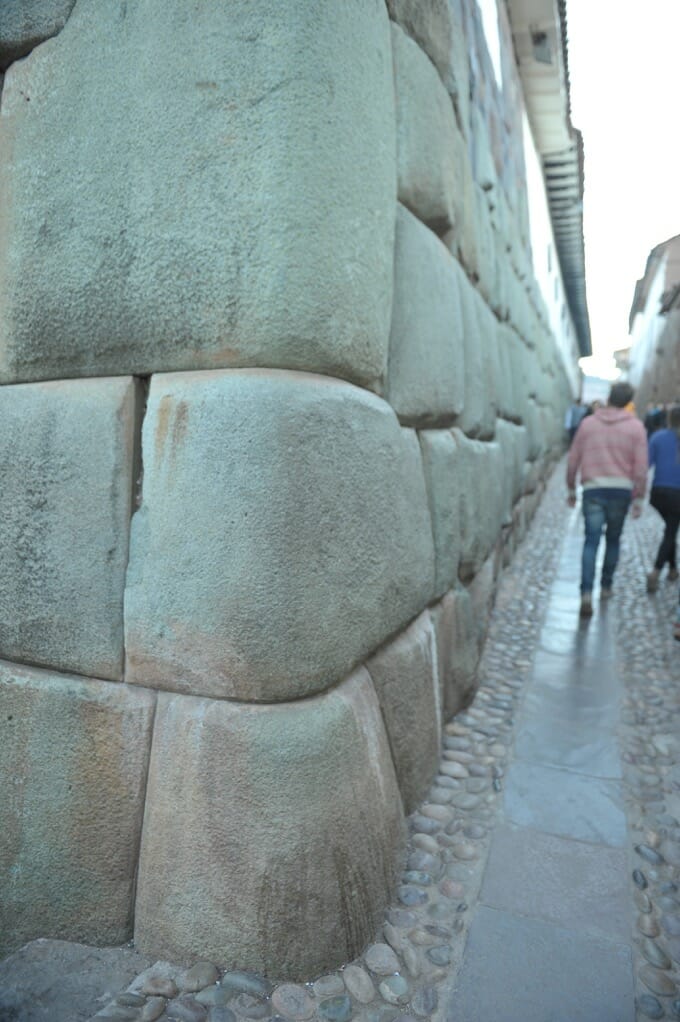
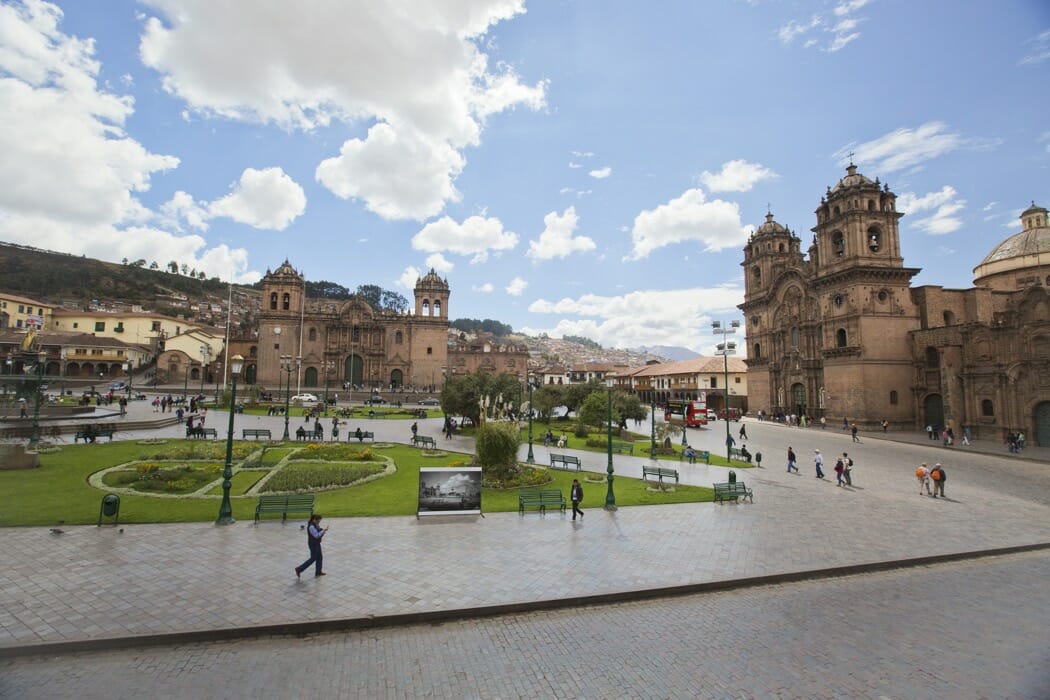
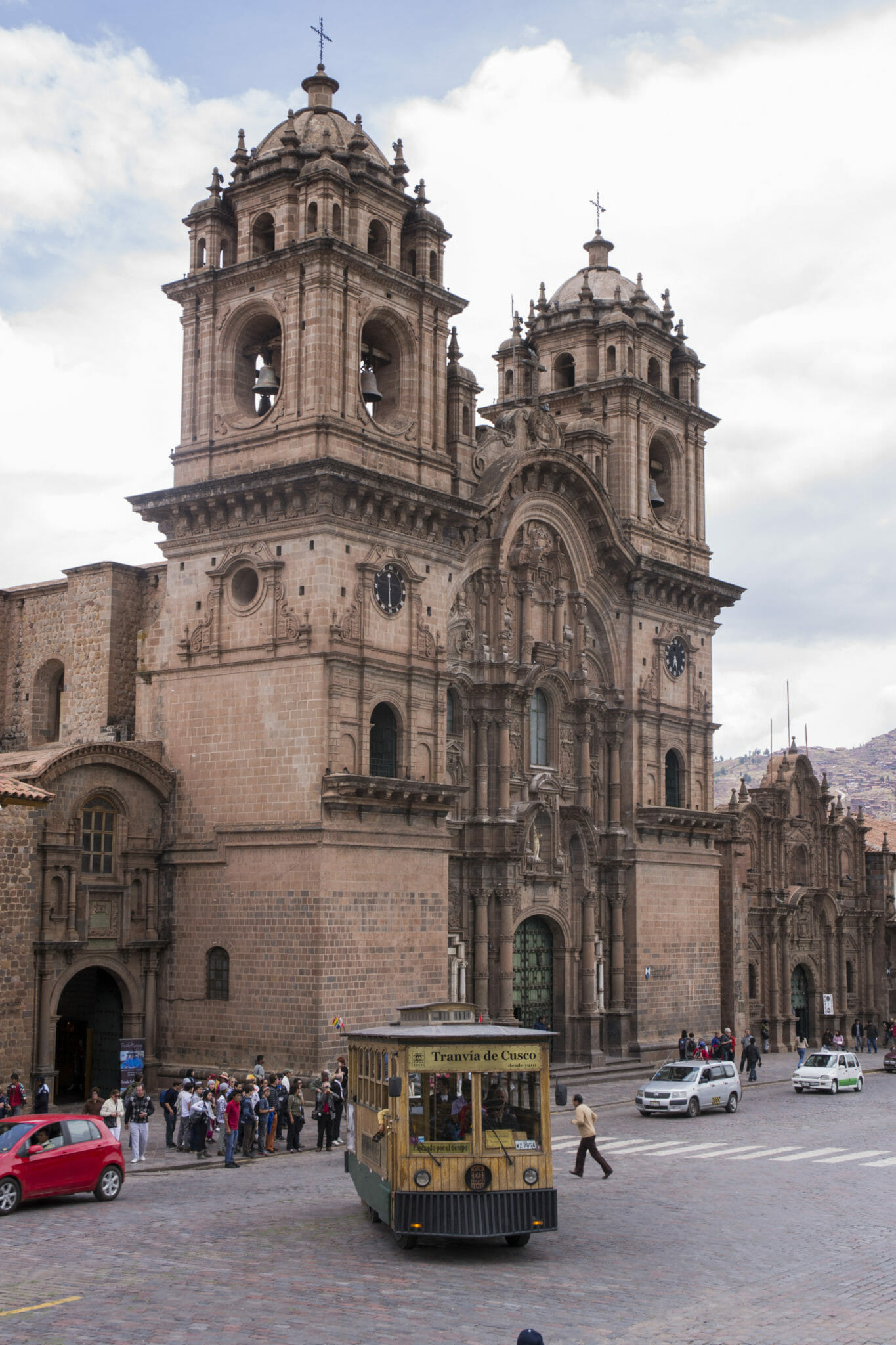
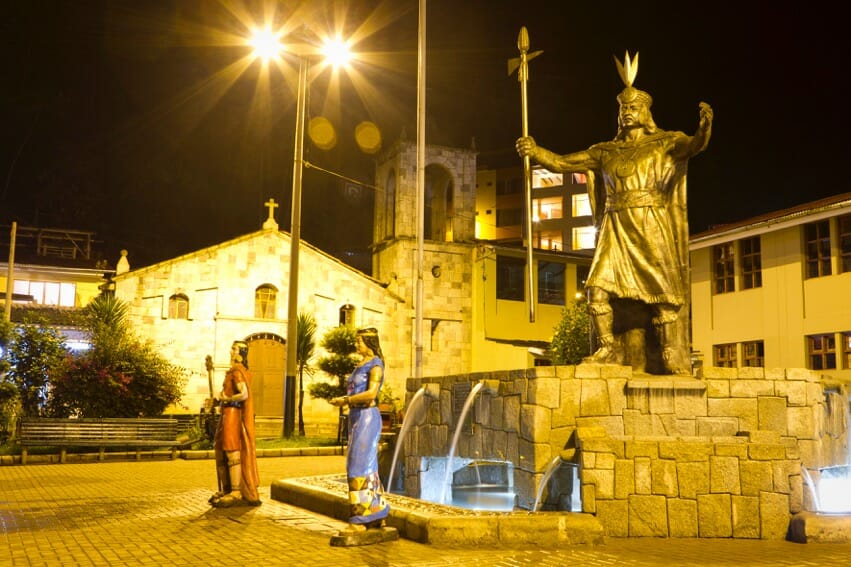
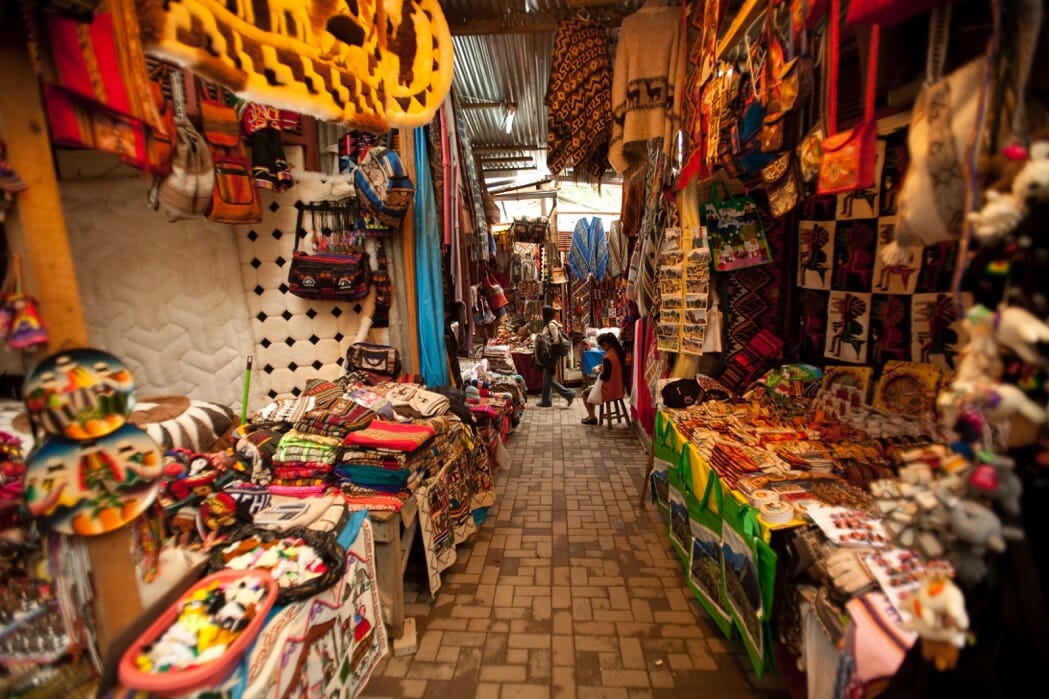
Maravilhosa, Périclles!
Aproveite por mim! Boa sorte e mto. sucesso pra vc!
Obrigado Wander!!! Aqui super ansioso 🙂